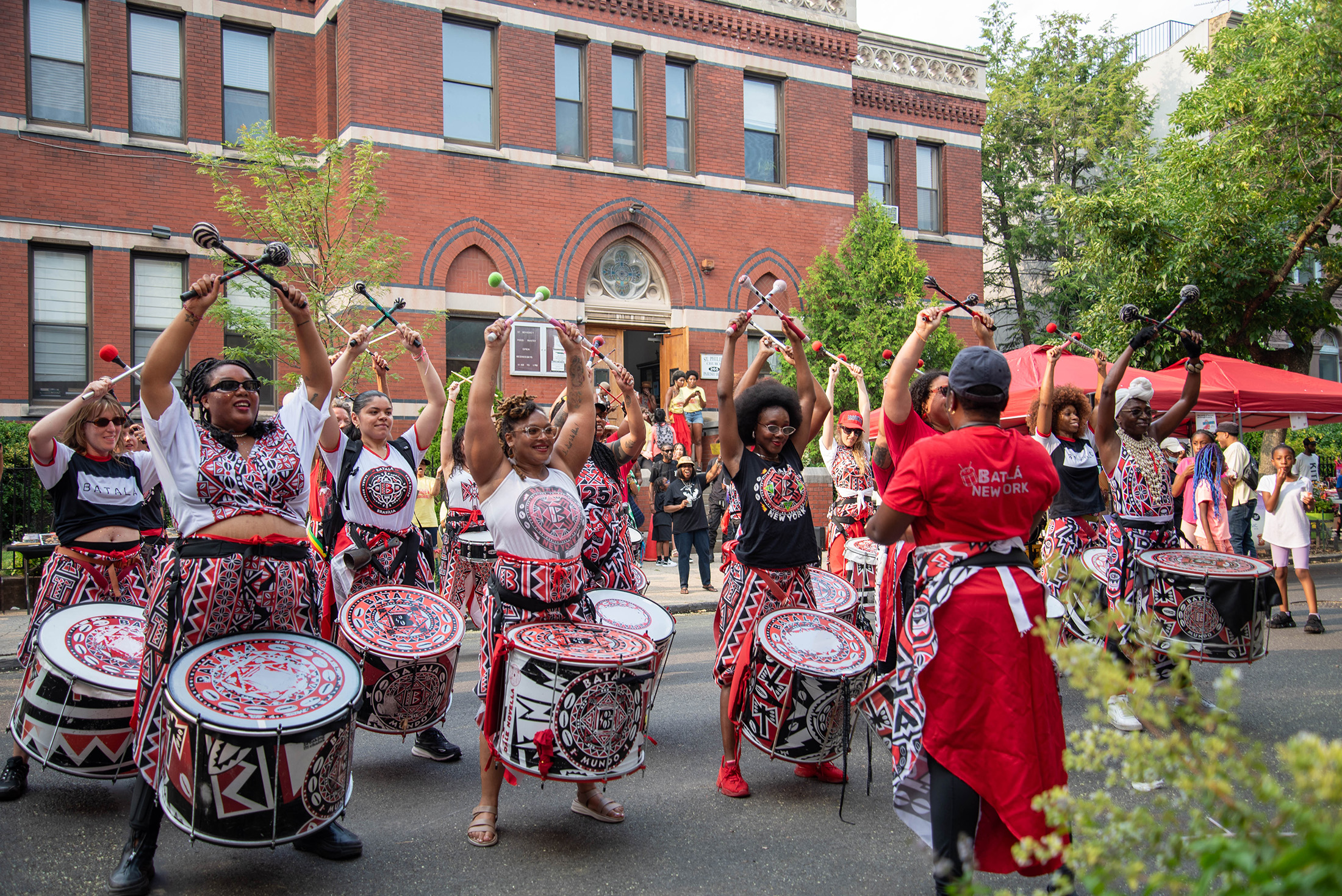Stopping Big Rent Hikes at Ex-Mitchell-Lamas
The state has closed a loophole that allowed landlords to enact huge rent hikes upon exiting the Mitchell-Lama program. Under the loophole, owners of Mitchell-Lama rental buildings constructed before 1974 will no longer be able to raise rents to market rate by claiming that leaving the program amounts to a unique and peculiar circumstance. (Instead,…


The state has closed a loophole that allowed landlords to enact huge rent hikes upon exiting the Mitchell-Lama program. Under the loophole, owners of Mitchell-Lama rental buildings constructed before 1974 will no longer be able to raise rents to market rate by claiming that leaving the program amounts to a unique and peculiar circumstance. (Instead, the units will become rent-stabilized.) The new regulation comes as government programs like Mitchell-Lama subsidize fewer and fewer units in the city: Between 1990 and 2006, the city lost 27 percent, or 32,422, of its apartments in subsidy programs, according to data from the Community Service Society. Although the regulation may have an impact on many of Brooklyn’s Mitchell-Lama buildings, it won’t matter at its largest one. The present or future owners of Starrett City could bring rents at the 5,800-unit complex to market rate if they left Mitchell-Lama, since the development was completed in 1974.
Albany Bars Rent Rise for Thousands [NY Times]
Starrett City’s Owners Look to Leave Mitchell-Lama [Brownstoner]
Photo by West Side Neighborhood Alliance.





Even when older members of the wolf pack die off the caves are not empty. Case in point, My ML mooching aunt put her grandson on her lease years ago. He will have the right to sucession of her apartment, a three bedroom by the way. He wants to go to NYU for grad school and will no doubt assume the main tenant position on the lease at that time. Mitchell Lama, Rent Control and Rent Stablization may have served a purpose at some point but it is high time for it all to end. I am no economist but if all of the apartments were deregulated wouldn’t the availability of affordable places increase ?If people did not hold on to cheap apartments as second homes, or pass them down to their kids this and other factors would then increase the supply and market rate on rentals would be a little cheaper across the board.
NOP;
How about this as a definition of irresponsibility: paying only part of the bill, and sticking someone else with the rest? Moreover, it is irresponsible because they are paying only a share of a bill due to the fact that they prefer to live somewhere, rather than live where they can afford to on their own.
How about the notion of thrift, or put another way, living within your means? Mitchell-Lama is a perversion of these values. It incentivizes folks to lie about their income, to feel entitled, to put their hand out to the taxpayer. It treats as a shmuck someone who looks for a house in a neighborhood that they can afford, rather than one they feel they’re “entitled” to live in.
benson
Benson, why are employed, tax-paying, family-raising residents of Mitchell-Lama housing (past and present)irresponsible? Why are retired, still tax-paying, fixed-income residents irresponsible? Since when is responsibility tied only to the price one can afford to pay for housing?
NOP
Montrose;
Your sermon at 6.15 PM encapsulates your philosophy. All life is luck of a draw, eh? What’s the point of trying to set up a system that rewards initiative, thrift, creativity, etc? Don’t bother, life is just so unfair, we need compassionate folks like yourself to help us rig our way into a lottery/entitlement.
Sorry, I’m not buying it. This is exactly the philosophy that led NYC to ruins 40 years ago. Every time someone points out the corruption that results from these housing lotteries, your best defense always lies along the “everyone is doing it” , and “life isn’t fair” lines. While this class-based cynicism has its appeal to some, it is a recipe for the absurd market that is NYC housing, a market in which price signals are totally distorted. You keep your head in the sand and ignore the fact that all other big cities have gotten rid of rent control (see Boston) and/or are transforming their projects to those that reward responsibility.
Keep trying. There’s got to be some true believers out there.
Benson
6.17:
Today is Wilson’s day off.
NOP
6.12;
Your limousine is waiting.
Guest at 5:30, I stand corrected, and I salute you. Thanks for your information.
Many Mitchell-Lama buildings went co-op, so many of these so-called old timers in “entitled” apartments are owners now. As any owner can attest, including those here, everyone wants a bargain. They got one, and have every right to sit in those apartments until they are carried out feet first. They now own ’em. Why should they move over? Do we ask brownstone owners who bought thirty years ago for less than $100K, to sell, because it’s “not fair” that they got (now)cheap houses? Them’s the breaks.
So much in life is the luck of the draw as to when you were born, who you were born to, where you were born, etc, etc. The rest of the opportunities/pitfalls/good and bad of life follows. What we need is not bitching that oldtimers took all the housing and won’t let go, but rather that we need an ever growing program to build, maintain and offer similar opportunities to younger generations. This is not happening, so now people are acting like a pack of wolves waiting for the older members of the pack to die off, so they can get the good part of the cave. We need more caves.
Right as always, Montrose Morris.
Back in the 60’s, NYC was going to hell and Mitchell Lama housing was one of the few options for moderate income people to stay in town. The buildings were big and plain, but the apartments were often family-sized, and a refuge for people who were committed to staying in the city while many others fled town. Teachers, civil servants, police officers, teamsters, and white-collar workers made them home, often in unsafe urban renewal districts, raising kids, contributing taxes, and helping to keep the city alive. (I know, because several of my friends lived in these buildings.) Walking around them today, I see lots of people (now often black, brown, and yellow) doing the same. If the neighborhoods around them have improved, it’s because these developments have helped make them viable. (Think of University Terrace in Clinton Hill, Lindsay Park in Williamsburg, and the great union-sponsored projects in the Lower East Side and Chelsea.) The problem now: the developments are victims of their own success, their surrounding “gentrifying” neighborhoods encouraging developers (and co-op owners) to opt out of the program and go fair-market. Too bad some hefty flip tax isn’t applied to help support construction of new affordable housing, as desperately needed today as it was when I was growing up.
Nostalgic on Park Avenue
“So while the finest, boldest and bravest deserve every dime that they get, let’s not forget the other working New Yorker’s who are really bad off ans stop the pity party for us.”
Wow…honesty and reason from NYPD! Who’d a thunk it??!??